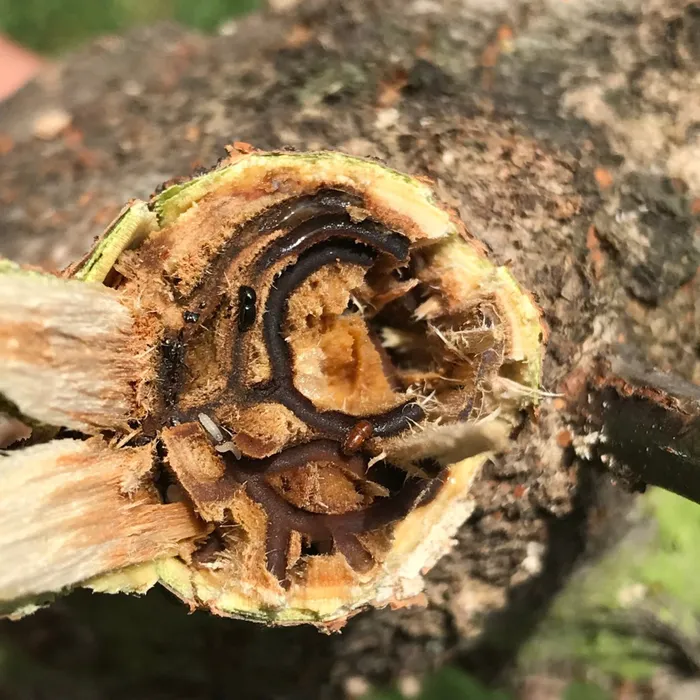Alarm as tree-killing beetle infestation spreads in Cape Town, more sightings expected

The latest developments in Cape Town’s invasive Polyphagous Shot Hole Borer beetle infestation show that the tree-killing beetle is spreading steadily. Picture: City of Cape Town
Cape Town - The latest developments in Cape Town’s invasive Polyphagous Shot Hole Borer beetle (PSHB) infestation show that the tree-killing beetle is spreading steadily and endangering the city’s urban forests as well as trees on private properties and wine farms.
The City confirmed at least 128 sightings of this pest in the Southern suburbs within less than a month after beetle was first discovered outside the Somerset West area on January 24, with the sighting of an infested Boxelder tree on a private property in Newlands.
More infestations have since been confirmed in Newlands, Rondebosch, Mowbray, Claremont, along the Liesbeek River corridor in Observatory and Kenilworth.
The City said this was extremely alarming and confirmed its worst fear that the pest was spreading and that more sightings in more areas would be discovered as the weeks go by.
Deputy Mayor and Spatial Planning and Environment Mayco member Eddie Andrews said: “The PSHB poses a serious threat to Cape Town’s urban forest as infested trees have to be chipped.
“All trees are under threat, from those on private properties to those along our roads, on verges, in our parks and at wine farms.
“I want to urge private property owners, and wine farm owners in particular, to be on high alert as infestations of oak trees have been confirmed at wine farms outside of the City’s boundaries.”
Francois Roets, a conservation ecology and entomology professor at Stellenbosch University said the potential (and likely) impact of the PSHB infestation on Cape Town trees in urban and peri-urban environments would be severe.
“Not all trees will die, but a large percentage of preferred hosts such as Boxelder and English oak trees will die and will have to be removed. This will cost quite a bit of money and loss of property values may also occur in some cases.
“Impacts in terms of urban ecology will be reduced (as well as) shading effects and reduced ability to take up carbon dioxide and pollutants from the atmosphere,” Roets said.
The City advised residents to look out for symptoms of infested trees, which include:
“Branch dieback – cracks on the branch, discoloured leaves, dry and leafless branches, branch break-off revealing webs of galleries filled with black fungus.
“Gumming – blobs of goo coming out of the bark; oozing of liquid and gum from the beetle holes.
“Entry and exit holes – very small holes on the bark of the tree, the size of a sesame seed (2mm); shotgun-like scars developing around the holes.
“Staining – brow or dark stains on the bark of the tree,” the City said in a statement.
Andrews added that infested trees may not be removed from the property as the removal of the chipped wood would spread the pest to other areas and that people should not buy or move fire wood from areas where trees were infested.
“The PSHB beetle can easily spread across suburbs if extra precaution is not taken. Apart from infected wood, the beetle can also spread through clothing, vehicle crevices, or unclean horticultural equipment,
“The City will try its best to respond within 10 working days to verify a reported sighting. However, the response time will depend on the number of sightings reported,” Andrews said
Roets warned residents to be aware of opportunistic individuals and companies claiming that they could cure infestations, there is currently no chemical registered for use against PSHB in South Africa and thus no scientifically proven method for eradication.
kristin.engel@inl.co.za
Related Topics: